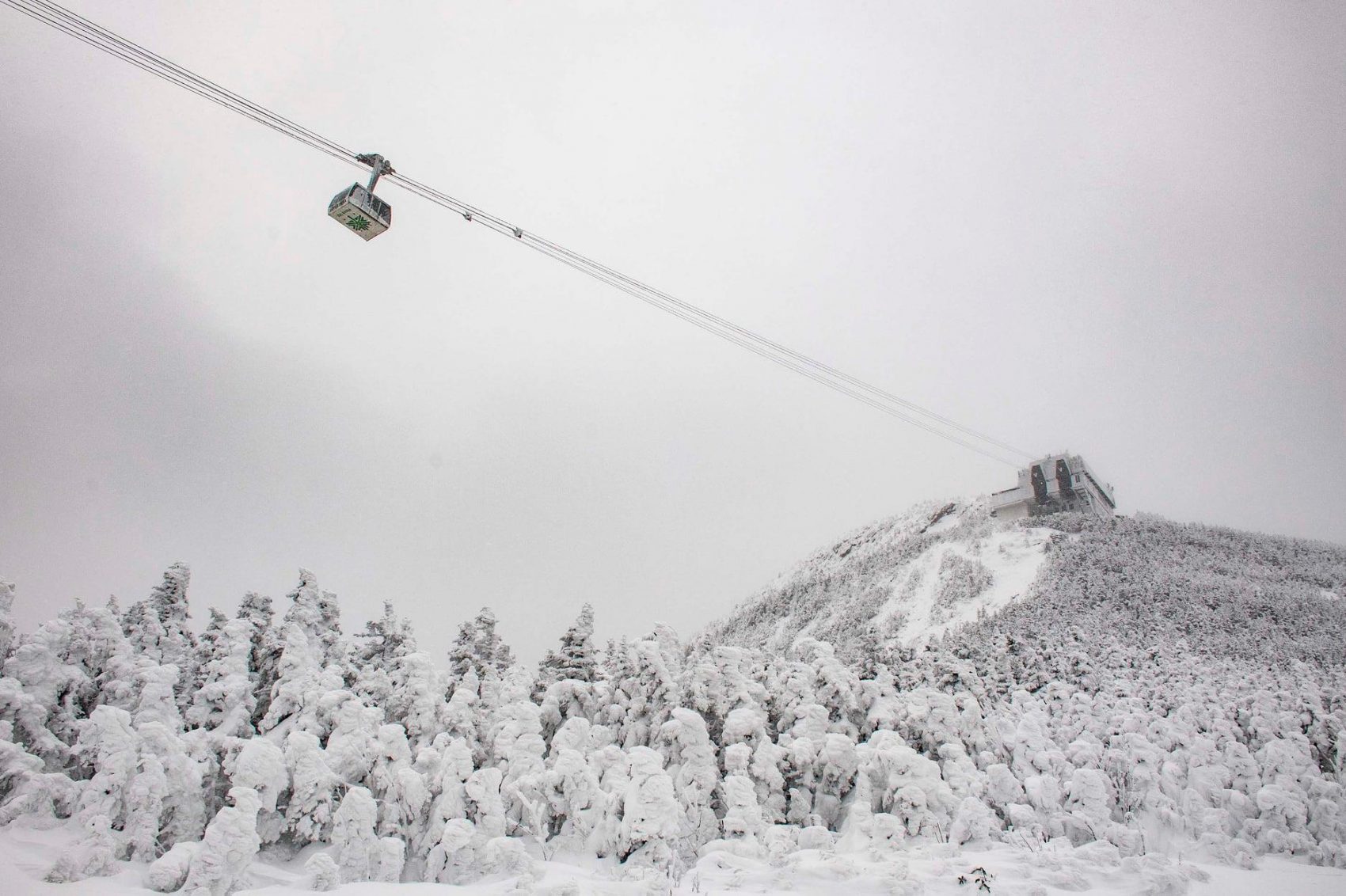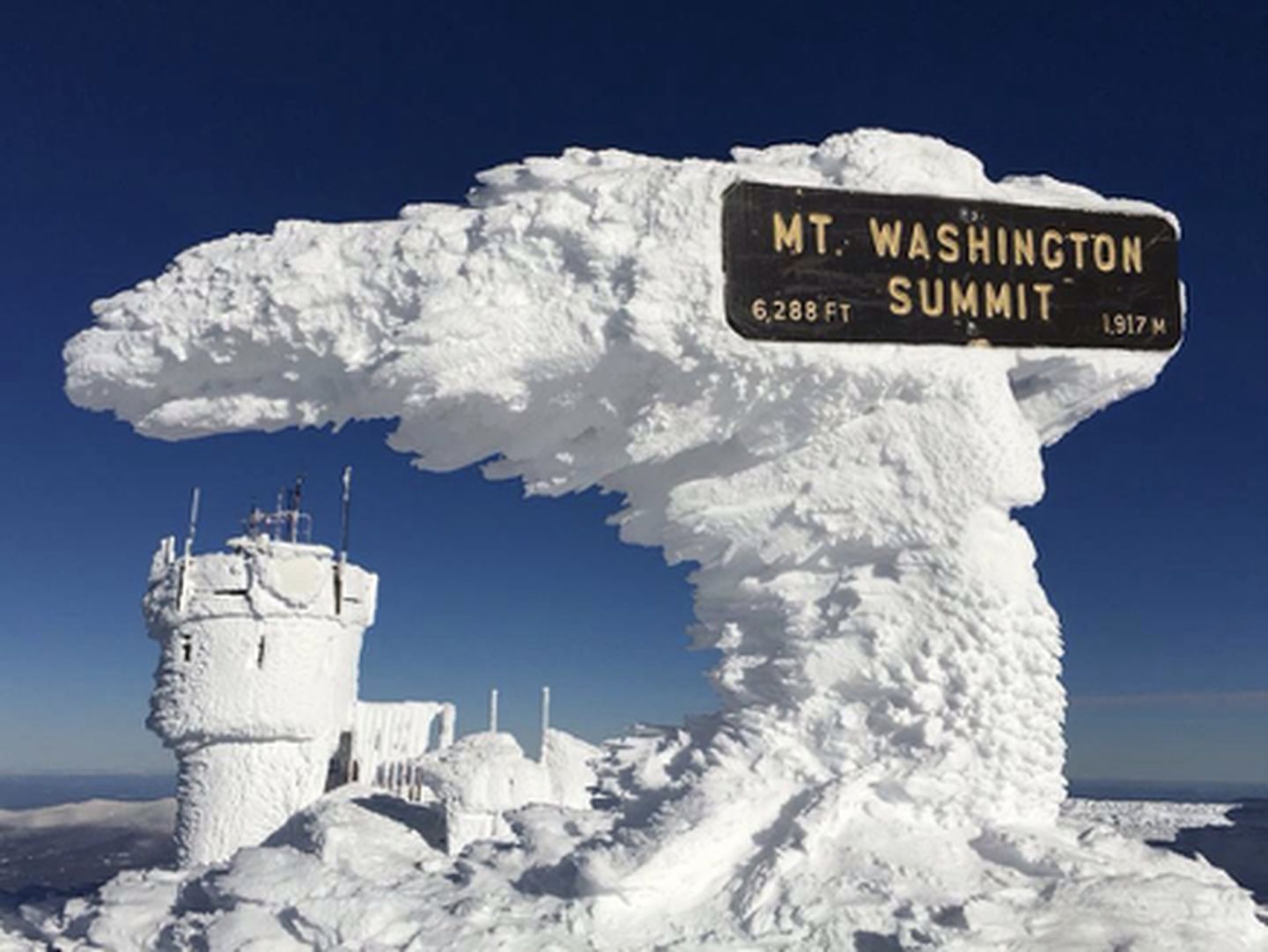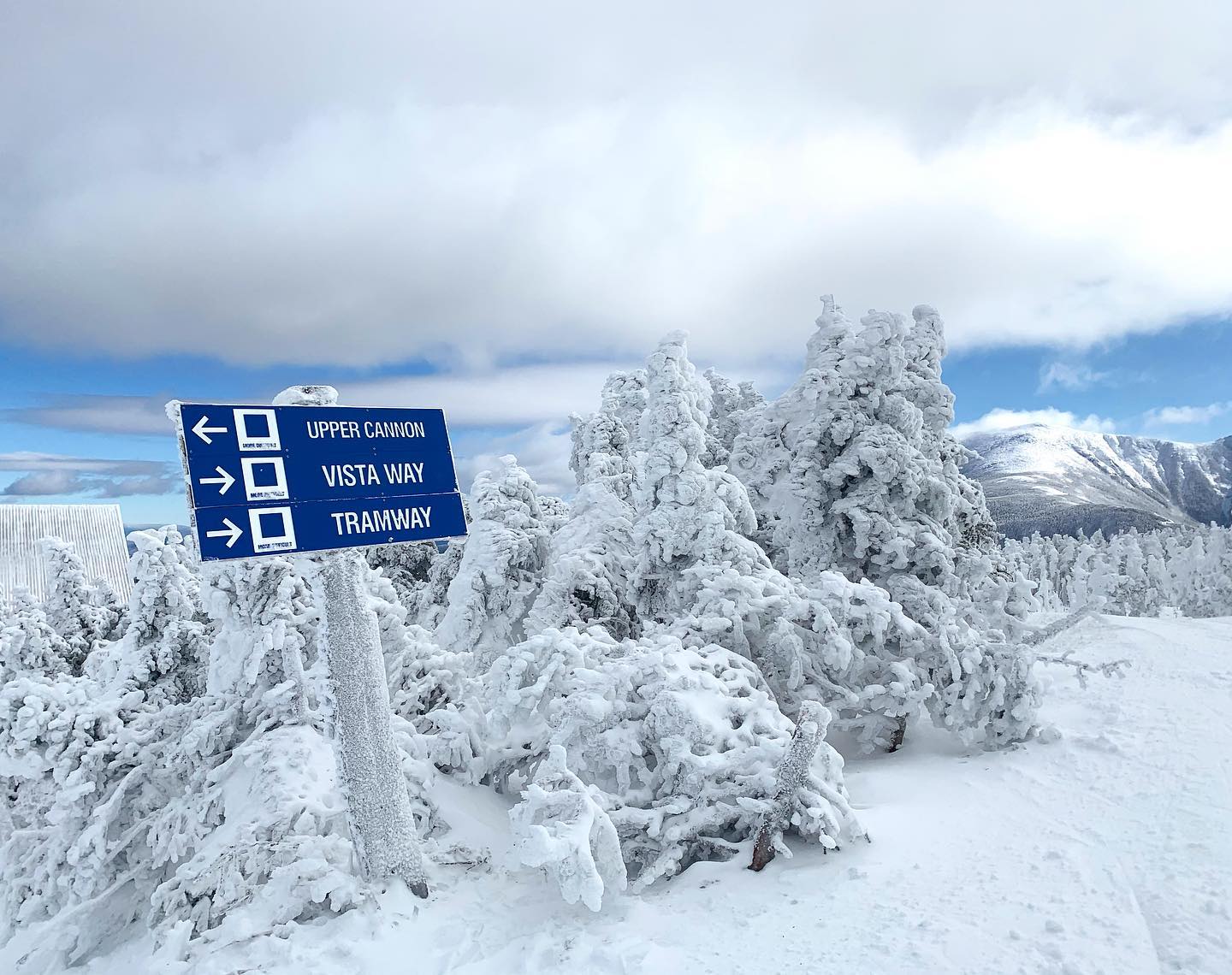
You have probably seen them at the top of mountains while skiing. Snow ghosts can be trees, buildings, or any other structure that is completely covered in snow. They look like they have been frozen in time by the blistering cold, and when you are up in the mountains by yourself, they will make you feel like you are in an oddly peaceful but eerie winter wonderland.
But it is more complicated than just falling snow covering trees.
The scientific name for the snow ghost phenomenon is rimed crystals. When water droplets from clouds pass through snow, they will sometimes stick and adhere to the snow crystals. The result of this process is called rime, and the more clouds snow crystals are exposed to, the more rime they can accumulate. When a large amount of rime accumulates on snow crystals, it is called graupel, which has a soft hail-like feel.

This explains why you will only find snow ghosts in very particular areas, most commonly in windy and exposed mountain peaks with trees and other structures. While skiing, snow ghosts are much easier to spot at eastern resorts compared to western ones since eastern resorts are always below the tree line and are generally more often directly exposed to cloud cover.
Snow ghosts are a unique and beautiful feature winter gives us, so next time you see one you can appreciate the rarity and process that goes into forming them.

